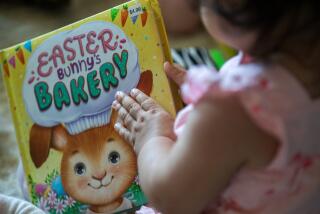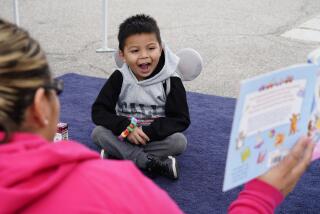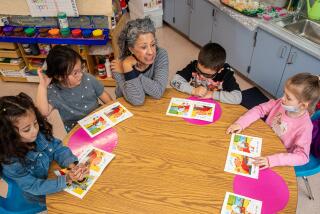Reading by 9: Your child is growing. Here’s how you can integrate learning into their life

From our friends at Zero to Three
Notice and build on your child’s interests.
Your child will let you know what interests and excites them by using their actions, facial expressions and speech. When they point out the window or give you a questioning look, put their actions into words: Yes, that’s a squirrel. Look at him running along the fence.
Use new words when you talk with your toddler.
A snack can be many things: good, healthy, yummy, crunchy, round, etc. Talk about what you are doing (I have to wipe the crumbs off the table) and about what you see your child doing (You are knocking down your block tower. Watch it go boom!).
Name pictures in books.
Point out connections between books and your child’s “real” life. For example, after you see the picture of a school bus in a story, you can watch one chug down the street later that afternoon. Help them make the connection.
Ask questions as you read.
Where is the caterpillar? You can also begin to ask your child questions like: Would you like to read a book? What book do you want to read? Soon your child will toddle off to pick up a book and bring it back to you.
Don’t make a big deal about speech mistakes.
There is no need to correct your child. Simply repeat the correct pronunciation. If your child says, “Gamma,” you might respond by saying, “I see that Grandma gave you a cookie, yum yum!” to give your child a chance to hear how the word sounds. Correcting your child can make him less likely to try saying new words.
Be a translator.
If other adults have difficulty understanding your child’s speech, you can “translate” what they are saying. Give your child a chance to speak first, and then explain: “Ben is telling you that this is his new truck.”
Repeat.
Choose books with stories that repeat words or phrases. Children learn new words and pronunciations through repetition. One good choice for this age group is “Brown Bear, Brown Bear, What Do You See?” by Bill Martin, Jr. Other good choices include books that encourage your child to speak, such as books that pose simple questions like “Where Is Baby’s Belly Button?” by Karen Katz, books with clear pictures of common objects (name the pictures for your child), and simple stories with predictable plots.
Recognize that not all books are winners.
Toddlers have strong likes and dislikes. Follow your child’s lead and let them decide which books to read. Forcing a child to hear a story does not build a love of literacy.
Let them move.
Keep reading. Children are often still listening even as they move around. In fact, some kids, who have a strong need to be on the move, listen better when they are in motion. For example, you can ask them to jump like the frog in the book or act out the story you are reading.
Follow your child’s lead and do some active play for a while.
Come back to the book later. Forcing children to read can lead to negative feelings about books.


